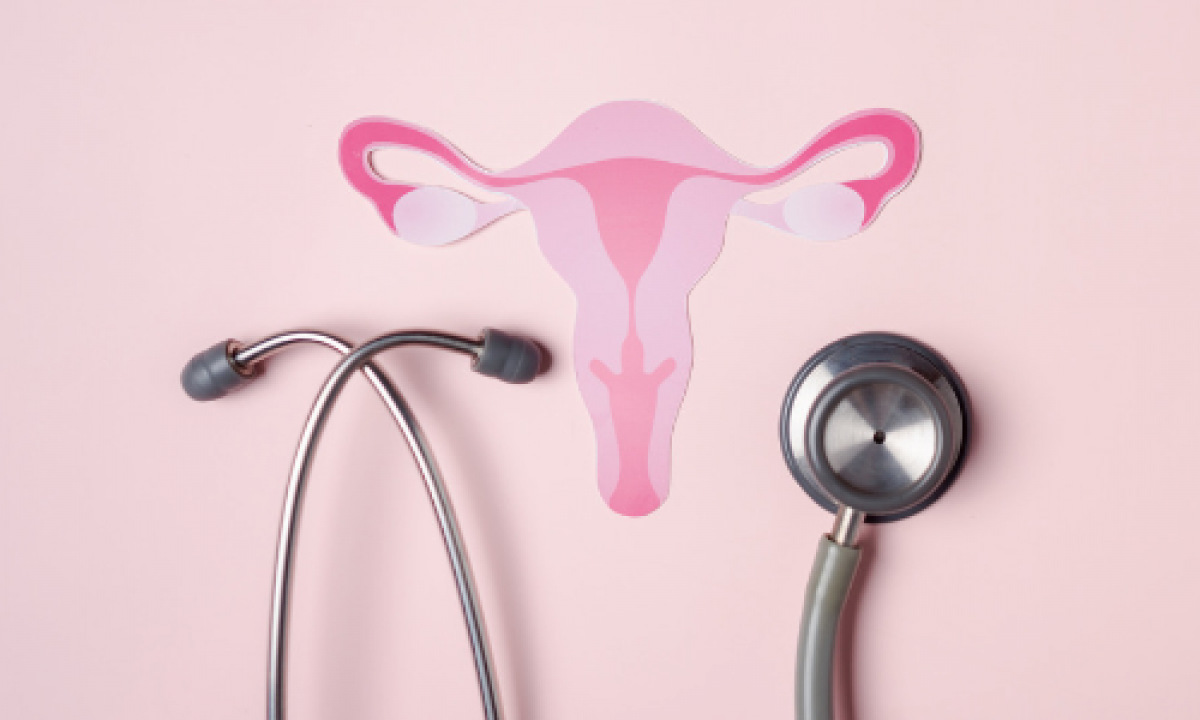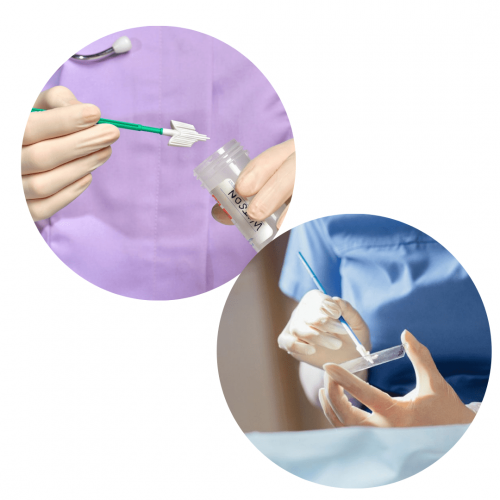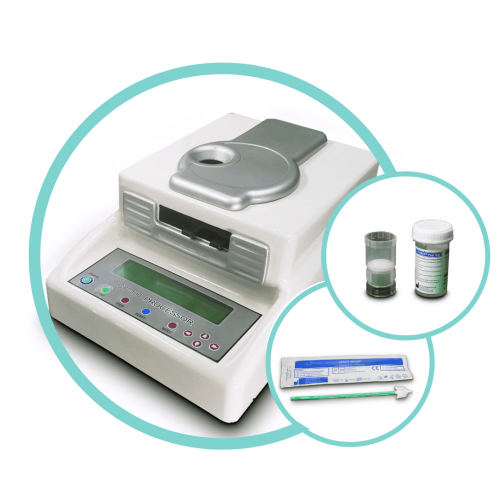The article highlights the importance of early detection of cervical cancer and the roles of various parties in educating the public about the importance of regular screenings. Healthcare providers, governments, health institutions, communities, non-profit organizations, family, friends, media, and influencers all have a part to play in raising awareness and making cervical cancer screening accessible and affordable. By working together, it is hoped that public awareness of cervical cancer and the importance of regular screening will increase, leading to a reduction in the number of cases and deaths caused by cervical cancer.
Cervical cancer is a serious health issue that affects women worldwide. In fact, it is the fourth most common cancer in women, with an estimated 570,000 new cases and 311,000 deaths reported in 2018 alone (World Health Organization, 2021). Cervical cancer is caused by the human papillomavirus (HPV), which is transmitted through sexual contact. Fortunately, cervical cancer is highly preventable and treatable if detected early through regular screening tests.
Screening tests for cervical cancer include the Pap smear and HPV test. The Pap smear involves collecting cells from the cervix and examining them under a microscope to detect abnormal cells. The HPV test, on the other hand, detects the presence of the virus in the cervix. Early detection of cervical cancer is crucial because it increases the chances of successful treatment. If abnormal cells are detected through a Pap smear, further testing may be done to determine if cancer is present. If cancer is found, treatment options may include surgery, radiation therapy, or chemotherapy.
Regular screening for cervical cancer is recommended for all women who are sexually active or over the age of 21. The frequency of screening depends on factors such as age, history of abnormal Pap smears, and HPV status. Women who have received the HPV vaccine should still undergo regular screening, as the vaccine does not protect against all types of HPV.
In addition to the Pap smear and HPV test, there are also other screening methods available for cervical cancer, such as visual inspection with acetic acid (VIA) and visual inspection with Lugol's iodine (VILI). It is also important to note that certain factors can increase a woman's risk of developing cervical cancer. These include having multiple sexual partners, smoking, having a weakened immune system, and having a history of sexually transmitted infections. Women with these risk factors may need to undergo more frequent or intensive screening. Furthermore, it is important for healthcare providers to educate women about cervical cancer and the importance of regular screening. Many women may be hesitant to undergo screening due to cultural or social barriers, fear, or lack of awareness about the importance of early detection.
Many parties can play an important role in educating the importance of cervical cancer screening. Some of these parties include:
-
Healthcare providers: Doctors or nurses who treat patients can play a crucial role in providing information and education to patients about cervical cancer and the importance of regular screening. They can also help patients understand the results of their screenings and determine appropriate treatment plans.
-
PT Isotekindo Intertama is a distributor of the CY-PREP ™ CY-100 Processor, a cervical pre-cancer cytology product using the accurate LBC method. CY-PREP ™ CY-100 Processor products are as follows:
A. Sampling using CY-PREP ™ Pap Test CERVIX-BRUM ®
Benefit:
- The sampling device is sterile, specially packaged it safe for the patient, and designed to take samples of both endo and ectocervical at the same time
- Designed to simplify sampling and reduce sampling inconvenience
B. Liquid media to contain, transport, and preserve test samples using CY-PREP™ Pap Test Preservation Solution
Benefit:
- Protect the sample, and hold it for 3 weeks at room temperature (15-30 °C). Samples are safe from dryness & damage
- Minimizes the risk of important samples being left in the sampling device
- Collect all cervical samples so that all sample cells can be examined
- Provide enough test samples so that the patient does not need to re-samples for follow-up tests
C. Separating the inspection target material from lenders and dirt using a dual filter
Benefit:
- Make a thin layer of preparation
- Cells become clearer when examined because the cell staining process becomes more perfect and adheres better
D. Glass slide for sample attachment using IHC link glass slide
Benefit:
- Make a thin layer of preparation
- Cells become clearer when examined because the cell staining process becomes more perfect and adheres better
-
-
Government and health institutions: Governments and health institutions can play a role in providing easy and affordable access to cervical cancer screening, such as organizing mass screening campaigns or providing information about available screening locations.
-
Communities and non-profit organizations: Communities or non-profit organizations can help increase public awareness about cervical cancer and the importance of regular screening through activities such as awareness campaigns, education, and the creation of easily understandable information materials for the public.
-
Family and friends: Family and friends can help support patients undergoing treatment and also help increase awareness about the importance of regular cervical cancer screening.
-
Media and influencers: Mass media and influencers can help increase public awareness about cervical cancer and the importance of regular screening through information campaigns on social media, advertisements, or television programs.
With the support of various parties involved, it is hoped that public awareness of cervical cancer and the importance of regular screening can continue to increase so that the number of cases and deaths from cervical cancer can be minimized.
References:
- World Health Organization. (2021). Cervical cancer.
- American Cancer Society. (2022). Cervical cancer risk factors.
- World Health Organization. (2013). Comprehensive cervical cancer control: A guide to essential practice (2nd ed.).







